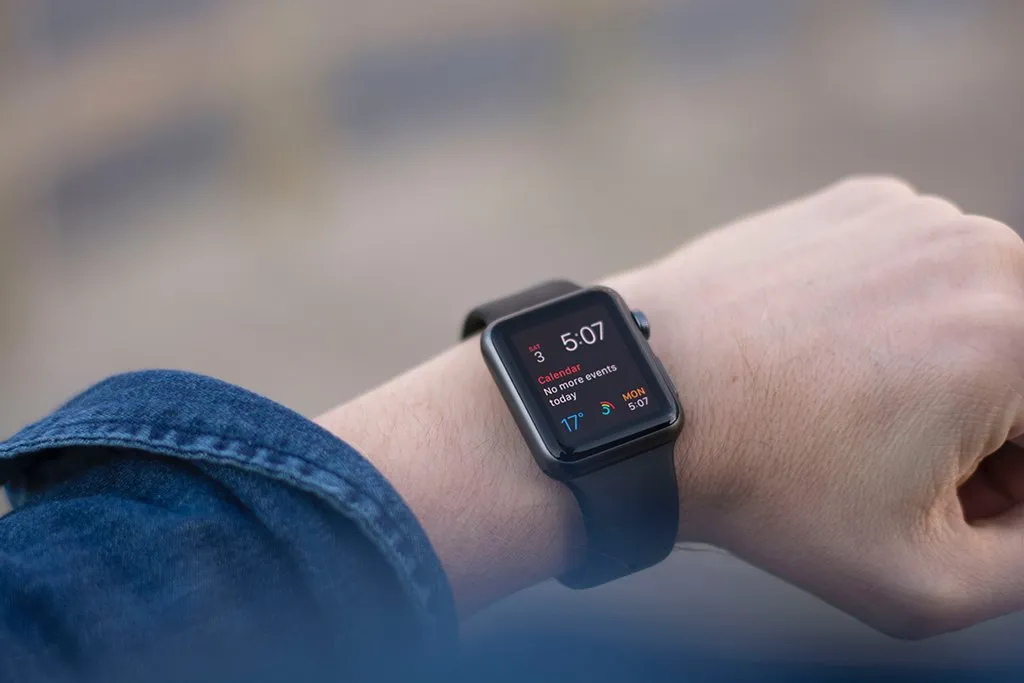
Pretty much everyone wants more time in the day, and we’re all searching for ways to make that happen. Bestselling author, TEDx speaker, and brand builder Rory Vaden offers up a solution I can get behind. You need to ask yourself just a few questions to take advantage.
By asking questions like these when looking at your sales follow-up and daily tasks, you find a number of ways to free up your time. Time that you can then spend on stuff that actually helps you generate revenue.
Can I Eliminate This Task?
Think about the sales-related tasks you do on a day-to-day basis that, for lack of a better descriptor, don’t matter. Stuff that you do because someone else once told you that’s what salespeople do. Things you do simply out of habit. Tasks that you dread and take up time you want to spend doing… anything else.
You know what those tasks are for you.
Some of those tasks probably relate to your outreach and follow-up with prospects. Obviously you’re not going to stop reaching out. But what if you eliminate ineffective outreach?
I feel pretty confident arguing that emails and calls aren’t effective for a lot of follow-up that you do. Relatively few sales follow-up emails get opened, let alone replied to. Spending hours on the phone trying to get in touch just to hopefully set an appointment drains your energy. Just calling when you want to leave a voicemail eats up your time.
But it’s not only about the method. Ineffective outreach also includes what you say. The primary offenders? Long, feature dumping emails and unclear voicemails. Without clearly communicating the value of what you sell and the “why,” people don’t engage and you spend more time doing extra follow-up and babysitting leads.
So stop relying on sending generic emails and making call after call to get in touch. Replace that ineffective outreach with outreach that generates replies and engagement.
That means trying new communication strategies, such as text message follow-up, and iterating on your current follow-up sequences. Basically, practice and learn to write and deliver the best messages. (I recommend listening to 30 Minutes to President’s Club, if you need help getting started.)
Can It Be Delegated, or Can I Automate This Task?
If your team has SDRs and AEs, there’s already been different sales tasks delegated to different people. But take that a step further and make sure you “delegate” with automations.
Some amount of manual work is always needed. At Skipio we say that you want to keep a human in the loop. Still, that leaves a lot of room to automate sales tasks.
One of the primary areas you need to do amazing automated follow-up? Your initial outreach to inbound leads or anyone who contacts you to learn more.
Other tasks that should happen automatically:
- Reminders before meetings and phone calls
- Follow-up after meetings
- Requests to reschedule
- Contract renewal reminders (for you and your assigned clients)
- Contact status updates in your CRM and other systems
By automating a lot of your follow-up, you create more chances to talk and connect with more leads.
That means more chances to close sales without spending more on generating leads. Gym owner Heather DeWitt and her team got 5-7 hours of time back every week by using Skipio for their automated follow-up with new leads.
Think about what you could do with an extra hour every day. Maybe that leaves you open for one more meeting with a prospect or gives you the chance to get home an hour earlier to spend time with your family.
It’s about automating the right tasks in the right way at the right times so you maximize your engagement with prospects.
Should I do This Task Now, or Can I do It Later?
What happens when you put off a task? All too often it simply never gets done. Or when it does eventually get done, it gets done haphazardly or too late for it to really make the difference you wanted.
With the right follow-up sequences built out, there’s not much to worry about. Because you’ve got your systems sending messages at the right times to the right people. Conversations keep going and prospects move through the pipeline.
For a specific example within sales, when you put off contacting leads, that’s the difference between getting a new customer and, well, not. Almost 80 percent of people will buy from the company that responds to their inquiry first. (Has it sunk in yet that I’m passionate about quickly and conveniently contacting potential buyers?)
How you structure your day has a lot to do with it too. Putting off tasks can keep you from generating the momentum that’s so important for moving prospects through the sales pipeline.
What’s Next…
When you really nail down your follow-up strategies, you, your team, and your coworkers instead dedicate time, money, and resources to:
- improving marketing efforts beyond lead gen
- perfecting sales pitches
- engaging with current customers
- actually closing deals with prospects
In other words, people can do their real jobs instead of chasing down leads.
To get started following up with your leads through texting and with Skipio, check out this post with 7 simple tips.
This post was originally published January 7, 2020. Updates include shifting the primary focus to sales follow-up to increase revenue and providing more specific examples of how to automate follow-up in sales.



